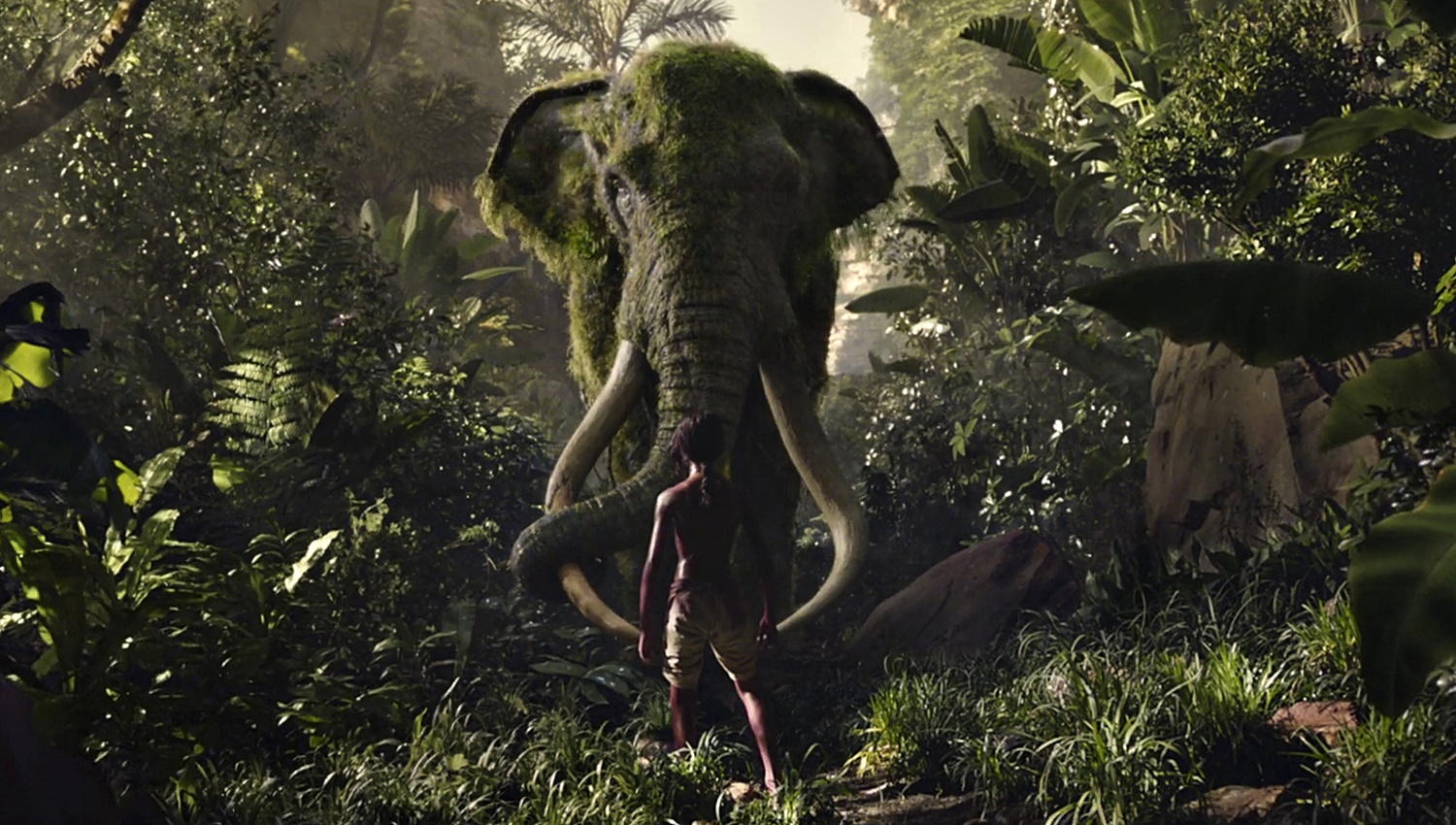
Mowgli: Legend of the Jungle
Dustin Chase
Andy Serkis, actor, visual effects stunt genius and the vocal mastermind behind Gollum in “The Lord of the Rings,” has decided to add director to his list of credits. “Mowgli” was his first film, but it has taken years after filming principal photography, for the visual effects to be complete. His second film “Breathe,” came out first, and was a total flop. Also between the filming and release of “Mowgli,” Disney released their live-action version of “The Jungle Book,” winning the best visual effects Oscar and becoming another hit at the box-office. So after having his first release fail and the rationale that no one wants to see another version of “The Jungle Book” two years in a row, Warner Bros. sold Serkis’ version to Netflix. Serkis is a talented artist, but directing just isn’t his forte. There is so much “Lord of the Rings” essence to what he’s doing here, it’s apparent he is still in that mind-frame after six Middle Earth movies.
After his parents were killed by the evil tiger Shere Khan (Cumberbatch), a baby named Mowgli (Chand) is left alone in the Indian jungle to be raised among wolves. The great black panther Bagheera (Bale) and Baloo the bear (Serkis) are his protectors as he grows up not quite wolf, but not quite man either. When he reaches a certain age that he cannot keep up with his wolf family and as man approaches closer to the jungle, he is forced out to live among his own kind for a time. Mowgli realizes he doesn’t fit anywhere, not among the men who want to kill the beautiful animals of the jungle for sport and devastate the lush life it provides, nor can he survive in the jungle as Khan will never stop until he tastes his flesh.
Serkis' attempt to combine familiar voice/characters while simultaneously offering an alternate version of this tale is admirable but ultimately doesn’t work.
In her third film of 2018 aimed at family audiences, Cate Blanchett, Serkis’ co-star in “Lord of the Rings,” opens this story with a prologue exactly like she did as Galadriel in “The Fellowship of the Ring.” Serkis’ version of the giant python snake Kaa (Blanchett) is very different from Scarlett Johansson’s in “The Jungle Book.” It’s one of the many changes to the story. “Mowgli” is more bloody, much darker and aimed more at families with pre-teens more than those with small children. However, therein lies one of it’s biggest problems. “Mowgli” is often much too dark for younger children, showing the death of animals and one, in particular, that is very frightening. Where last years “Jungle Book” film ends, is about the halfway point here, so we see what Mowgli’s life is like living among men, and his return to the jungle in the third act.
Similar to Blanchett’s involvement here, Cumberbatch, who voiced Smaug the dragon in “The Hobbit” trilogy is cast here as a similar villain. Serkis’ attempt to combine familiar voice/characters while simultaneously offering an alternate version of this tale is admirable but ultimately doesn’t work. More influence from the director’s work in Middle Earth, the monkey’s (another addition from last year’s version) are very much in the vein of Peter Jackson’s orcs. Bale is the single voice actor who breaks the barrier with an emotional performance. His rendition of Bagheera is the most compelling. The visual effects are fine, although they didn’t make the Academy Awards shortlist. Serkis surprisingly has more live action and human actors in his film than Disney did in theirs.
Final Thought
Serkis’ unnecessary version of the Jungle Book story is darker and messier despite being more ambitious.
